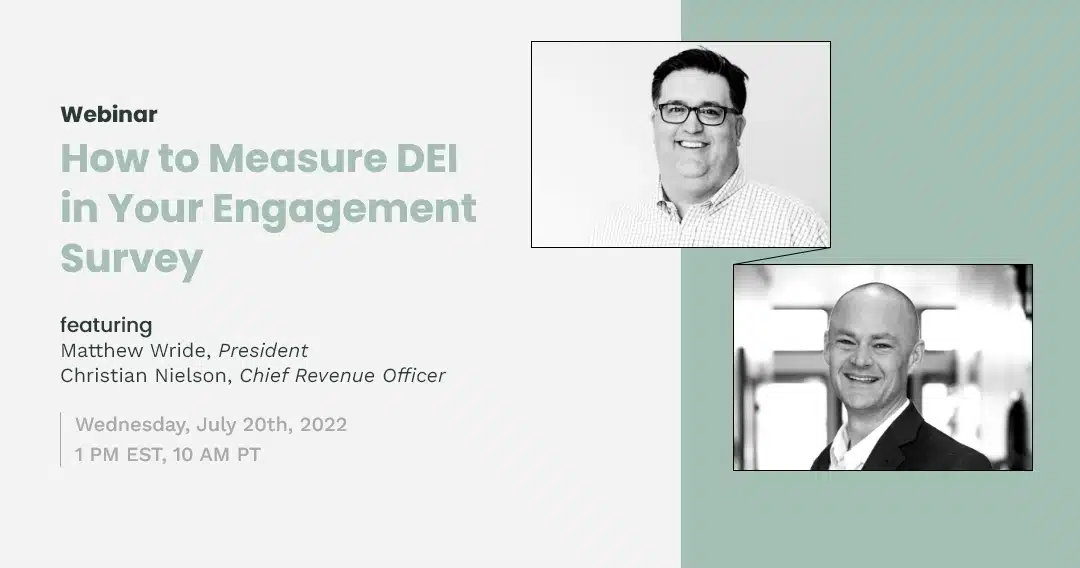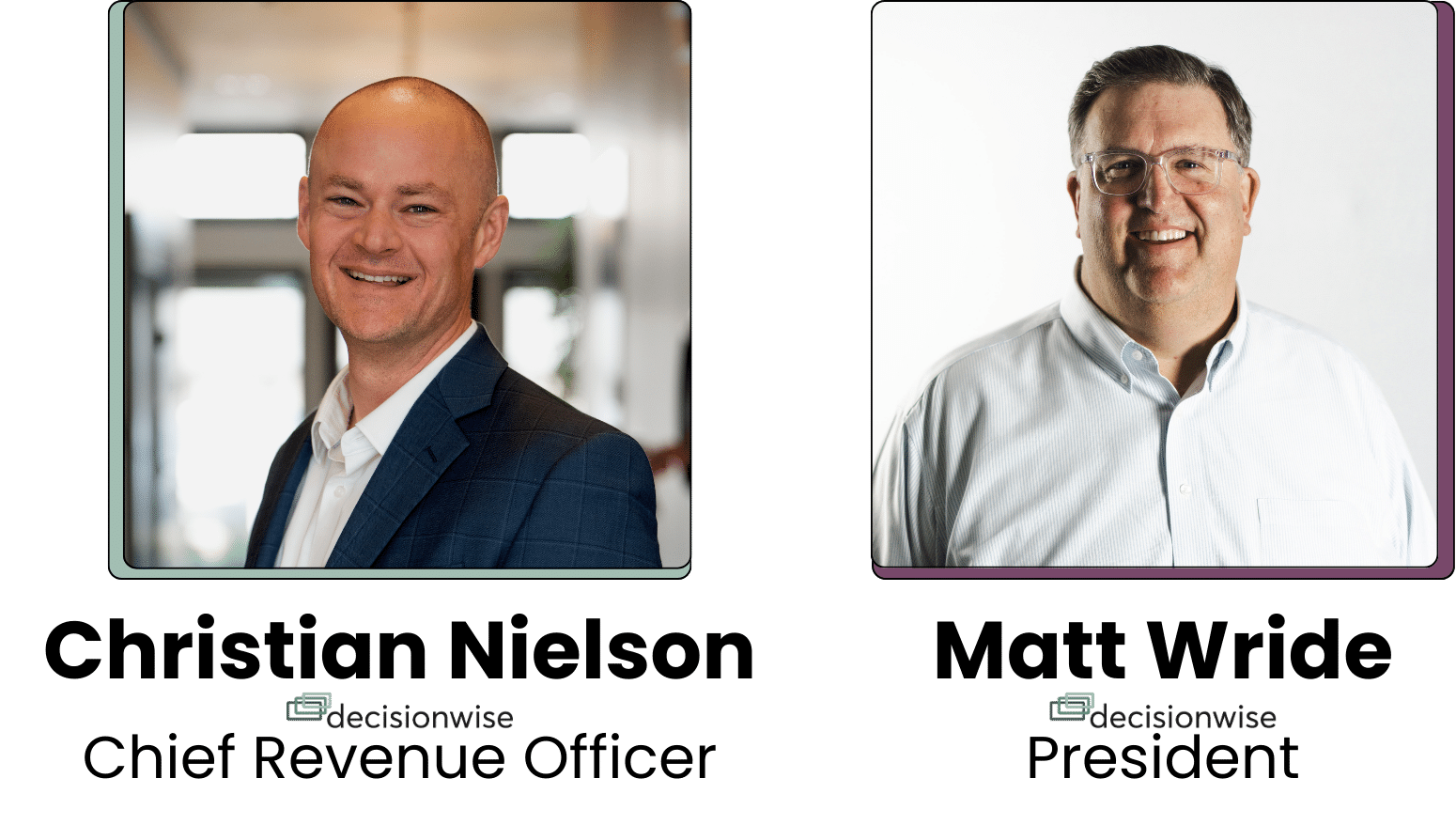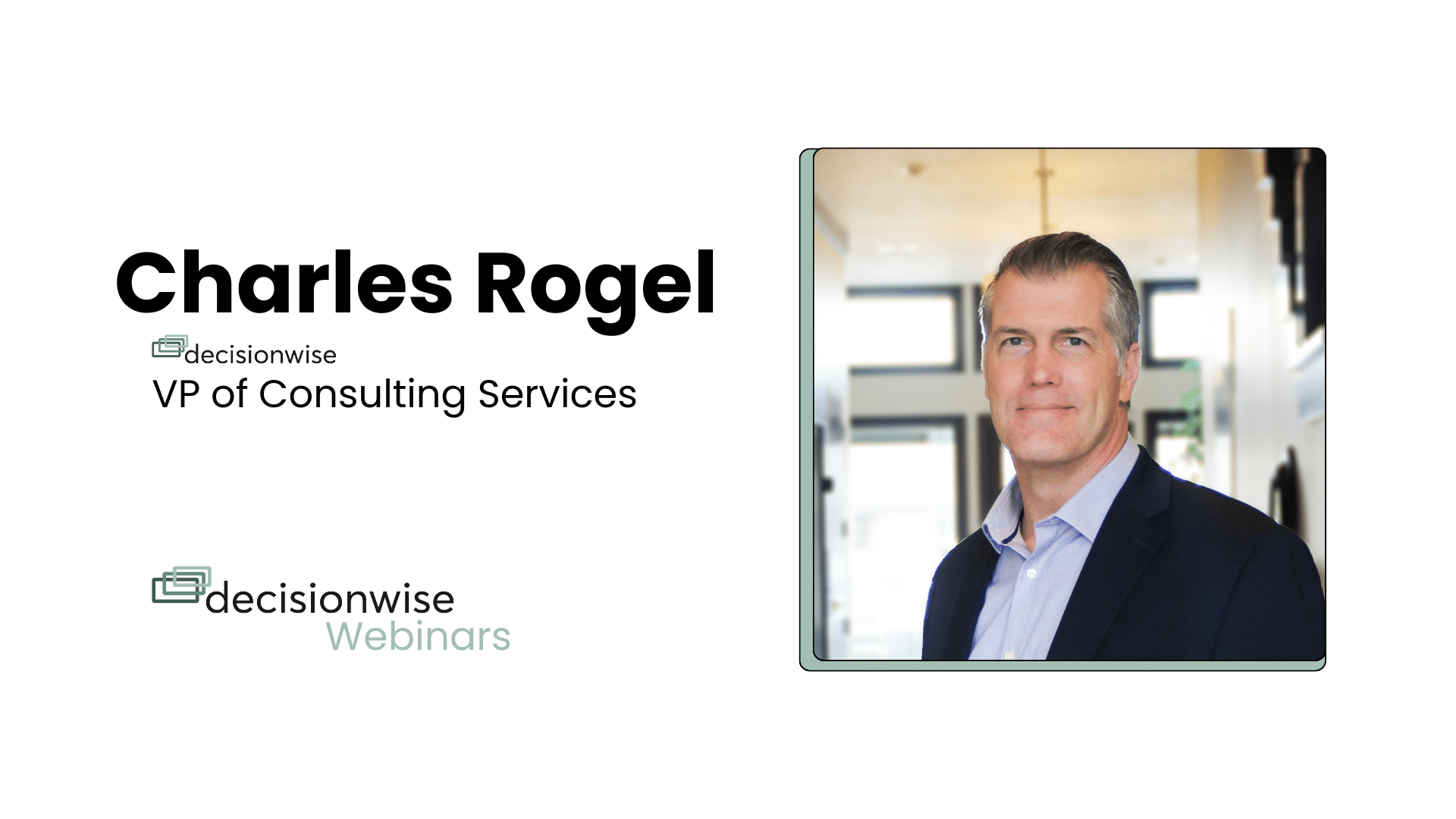Tidbits: Juneteenth and Equality
This rings true for us because we are a feedback company. We know that the hearer is just as important as the speaker.
“No man can put a chain about the ankle of his fellow man without at last finding the other end fastened about his own neck.”
― Frederick Douglass
Acts of injustice weaken the victims, but they eventually destroy the perpetrators.
We are unquestionably connected to each other, which is why every leader needs to consider the experience they are creating for their teams and organizations.
Brilliant in the Basics: People and Their Data Are Not the Same Thing
We care about data at DecisionWise. Our mission is to deliver people data and insights that help our clients make the best decisions. However, the more we deliver on this value proposition, the more we realize that organizations risk becoming too focused on the data, forgetting that there are real human beings behind the charts and visualizations. In our quest to describe, categorize, and possibly predict, we cannot lose sight of the fact that we are measuring people, not widgets.
For example, we know of trackers and beacons that can tell us how much time employees spend collaborating or, from a darker perspective, how much time they spend away from their desks. The amount of people data is only increasing as we discover new ways to mine data exhausts and use machine learning to organize vast amounts of unstructured data. Are people and their data the same thing? No, they are not.
We quote a recent HBR article by David De Cremer and Jakob Stollberger:
Introducing and reinforcing a mindset where people are reduced to their data can create a work culture that may harm performance and employee experience more than anticipated. Therefore, organizations adopting [people analytics] must not turn HR departments into IT departments focused on monitoring and optimizing workers’ efficiency but must ensure they safeguard employee interests in empowering ways.
For today’s Brilliant in the Basics, what ways can we safeguard employee data?
- Be transparent with all data collection activities – let employees know how the data is being gathered (when, where, how) and, most importantly, tell them how it will be used and analyzed.
- Prioritize data that solicits feedback over data that merely monitors or surmises what is happening.
- Believe your employees; avoid the temptation to infer too much from circumstantial evidence/data.
- Consider adopting a data ethics policy that publicly governs how people data will be captured, stored, and used. Publish this policy and follow it.
As we move forward seeking to expand the effectiveness of people analytics, let’s not forget that people and their underlying data are not the same thing.
Featured Discussion
This month, we are focused on ways to help our clients and HR professionals improve employee engagement within their organizations. As previously noted, we cannot improve employee engagement directly. Instead, we indirectly enhance employee engagement through the employee experience(s) we create and cultivate. In particular, we know that the key intersection we must focus on is the experience leaders create for their individual teams. We call this focal point – Leader Driven Experience.
Today’s discussion will focus on how to take action on org-level surveys, such as annual surveys or a group of onboarding surveys. Here are some basic principles we have learned over the years.
Rule #1: Be Ready to Do Something. Repeatedly, we tell our clients that it is far worse to conduct a survey if no one is going to do anything with the survey results. Our goal is to create a virtuous feedback cycle: gather feedback, review the results, take action to improve things, and repeat the process. However, this cycle will only work if employees see that their voice leads to positive change. Otherwise, asking for feedback, but ignoring it, will lead to increased dissatisfaction.
Rule #2: Don’t Try and Fix Everything All at Once. As noted, positive change must occur. When you try and solve everything all at once, you run the risk of initiating a lot of activity without realizing any accomplishments. It is better to fix only one or two things and achieve your established goals.
Rule #3: Quick Win – First Do No Harm. Charlie Munger, Warren Buffet’s close friend and business partner, teaches that the first step in business is – don’t be stupid! We need to eliminate our mistakes before we try to be brilliant. In the spirit of his suggestion, look to see if your results have uncovered cultural toxins hurting your employee experience. Get rid of them. This is what we call improvement through subtraction.
What are some examples of cultural toxins?
- Managers that cultivate an “us vs. them” mentality.
- Poor performers that demotivate others.
- Company policies that are from the dark ages, such as dress codes that belong in the 80s.
- Leaders that motivate through fear.
Rule #4: Quick Win – Find Easy Victories. Look for small steps you can affirmatively take that will demonstrate two things. First, you are listening, and second, you will act based on employee feedback. Hopefully, this will kickstart our virtuous feedback cycle into motion. Some quick victories, for example, include rolling out survey results to teams so each group can ask questions relevant to their situation. Or as was the case with one of our own surveys, we uncovered that we needed a much larger trash can in the production room. We bought one the next day.
Rule #5: Finally, Choose a Hard Slog (Maybe Two). After addressing your quick wins, choose one core area that will receive most of your team’s deliberate focus and attention. Spreading your attention across various areas means that some incremental improvements may happen, but nothing sticks long-term. You do not cross the tipping point for any one of the areas you are looking to improve. Instead, remain focused on a single challenge
For example, let’s assume your results indicate that people feel abandoned after 30 days on the job. At first, they get a lot of attention, but then everyone assumes the trainings are sufficient, and there is a noticeable drop-off in time and attention given to new employees. Just fix that issue. Do not worry about what’s happening at their anniversary mark. Don’t worry about improving their first day at the organization. Instead, figure out how to continue providing support on day 31 etc.
Our five rules provide us with an overarching rule of thumb. When examining survey results, try fixing two to three quick victories for every hard slog you tackle. This general guidance will help employees see that change can occur, but it also ensures you go beyond cosmetic challenges.
What’s Happening at DecisionWise
UPCOMING WEBINAR
Care for Diversity, Equity, and Inclusion (DEI) is critical for any modern organization. But how do you best measure the current state of DEI and surface opportunities for improvement?
HR News Roundup
Here are some other great tips and resources from the past two weeks, curated to save you some time.
- ‘I’m a meme girl’: How one employee engagement committee makes a difference (this is a good one, it’s an internal piece from University Iowa Health)
- 2022 is ‘year of the human’ (HRD)
- The ‘dark matter’ of HR is employee engagement – here’s how to master it (HRD Canada)
- Returning to the workplace might be the best thing to do (NY Post)
- How To Survive The Great Resignation And Build A Better Culture For Your Employees (Forbes)
- Making hybrid work (MIT Technology Review) (Podcast Style)
- The link between employee experience and customer experience (TechTarget)
- 2 Chicago Companies Redesigning the Employee Experience (Built In Chicago)








